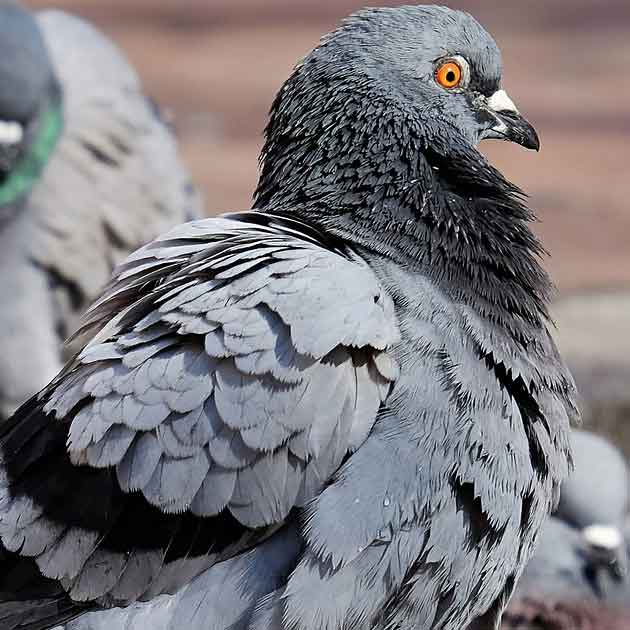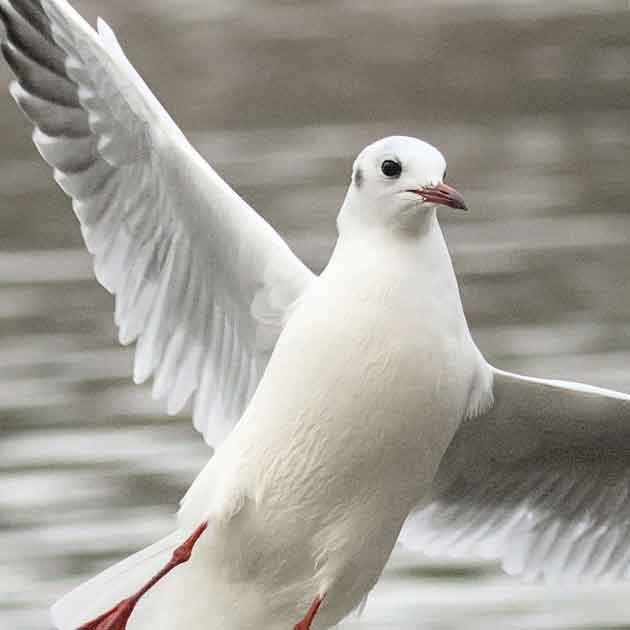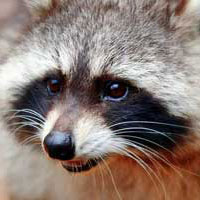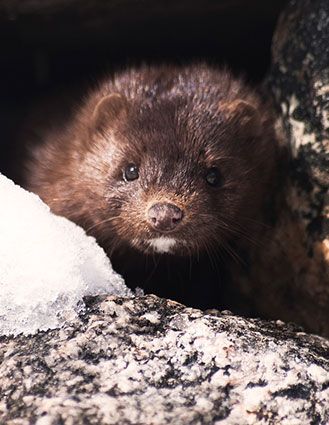
Mink also have anal musk glands common to the weasel family and can discharge a disagreeable musk if frightened or disturbed. Unlike skunks, however, they cannot forcibly spray musk.
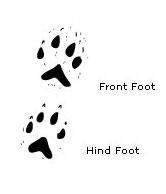 Identification
Identification
Closely spaced pairs of canine tooth marks are a sign of a mink kill.
Mink Damage
Mink will attack animals up to the size of a chicken, duck, rabbit, or muskrat. While eating muskrats, a mink will often make an opening in the back or side of the neck and skin the animal by pulling the head and body through the hole as it feeds. Like some other members of the weasel family, mink occasionally exhibit “surplus killing” behavior (killing much more than they can possibly eat) when presented with an abundance of food, such as in a poultry house full of chickens.
Mink Control
Preventative measures include Exclusion*. Control methods include Live Trapping*, Licensed Trapping*, Physical Capture*, Shooting*, Relocation*, and Destruction of the animal.
*For adetailed definition of each control method please see Animal Wildlife Control Services & Solutions »
Please note that, in contrast to almost all other Ontario animal control operations, as a licensed furbearer trapping company we are able to employ all of these control methods INCLUDING relocation or permanent removal of captured mink.
Mink Breeding
Mink are polygamous and males may fight ferociously for mates during the breeding season, which occurs from late January to late March. Gestation varies from 40 to 75 days with an average of 51 days. Like most other members of the weasel family, mink exhibit delayed implantation; the embryos do not implant and begin completing their development until approximately 30 days before birth. The single annual litter of about 3 to 6 young is born in late April or early May.

In Ontario, Hawkeye offers Bird control, Animal control, Wildlife removal services and products in:


